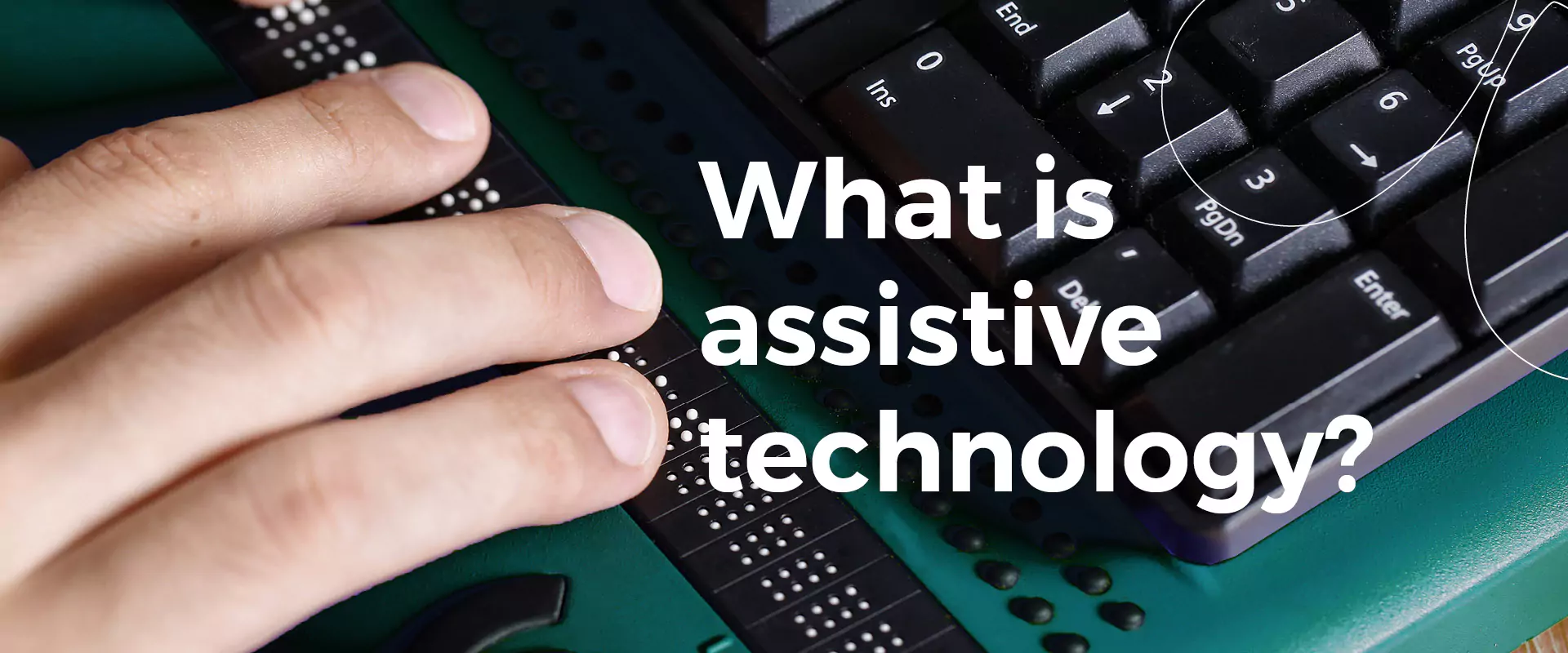Assistive technology refers to any device, software, or equipment that is designed to help people with disabilities or impairments perform tasks that might otherwise be difficult or impossible without support. This can include physical, cognitive, sensory, or developmental disabilities.
The purpose of assistive technology is to remove barriers to participation and promote independence. The technology can be as simple as a walking cane or as complex as a smart device or computer software. Most importantly, the technology can be customised to meet individual needs and preferences with the aim of improving mobility, accessibility or quality of life.
How do people use assistive technology?
People with disabilities or impairments use assistive technology in a variety of ways, depending on their specific needs and the type of technology they are using. Examples of assistive technologies include:
Mobility aids: Wheelchairs, walkers, crutches, and canes are all examples of mobility aids that can help people move around more easily.
Communication devices: Speech-generating devices, communication boards, and augmentative and alternative communication (AAC) apps can help people with communication impairments to express themselves.
Hearing aids and cochlear implants: These devices can help people with hearing impairments to hear more clearly.
Vision aids: Screen readers, magnification software, and Braille displays can help people with visual impairments to read and navigate digital content.
Prosthetics: Artificial limbs can help people with amputations to perform tasks that they might not be able to do otherwise.
Environmental controls: Smart home devices, voice-activated assistants, and other home automation technologies can help people with mobility, vision or cognitive impairments to control their environment.
Assistive software: Text-to-speech software, voice recognition software, and other software programs can help people with cognitive or learning disabilities to read, write, and complete tasks on a computer or mobile device.
Can I get approval for assistive technology under the NDIS?
Assistive technology can be funded under the NDIS if it is considered reasonable and necessary to help you achieve your goals and participate in everyday activities.
To receive funding for assistive technology, you need to go through an assessment process with an NDIS planner or Local Area Coordinator (LAC). The assessment will consider your needs, goals, and support requirements, and will determine whether assistive technology is an appropriate solution.
If it is determined that assistive technology is needed, the NDIS may fund the equipment or device, as well as any necessary training or support required to use it effectively. This can include things like assessments, fittings, repairs, and maintenance.
If you would like to investigate how assistive technology could increase your independence and quality of life, speak to your Care Squared occupational therapist, speech pathologist, psychologist, physiotherapist or clinician.
